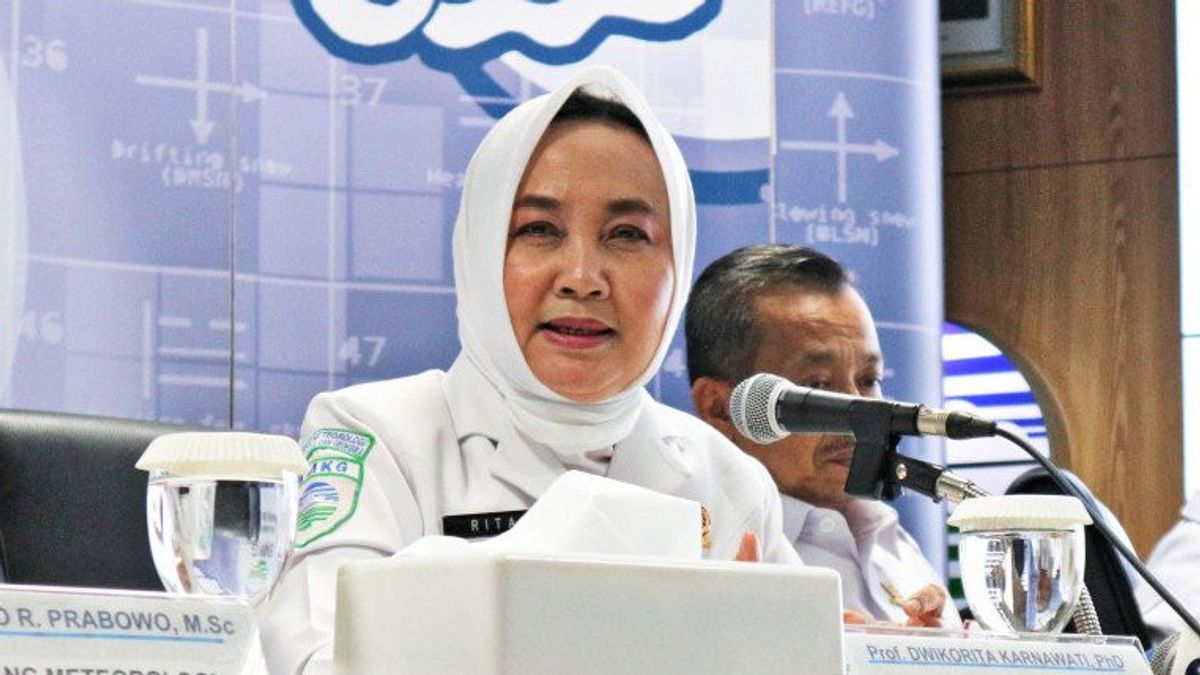JAKARTA - The Meteorology, Climatology and Geophysics Agency (BMKG) asked the public to avoid buildings that were damaged structurally after the 6.4 magnitude (M) earthquake in the Indian Ocean.
Head of BMKG Dwikorita Karnawati said the public must also be aware of aftershocks that have the potential to cause damage to buildings that have been cracked or damaged.
"We ask the public not to occupy buildings that are structurally damaged," said Dwikorita as quoted by ANTARA, Friday, June 30.
In addition, the community is also asked to avoid hilly areas or steep cliffs, because aftershocks can trigger landslides or rock collapse.
BMKG also asked the public to remain calm, but be alert for the possibility of aftershocks that may still occur.
"Furthermore, the public is asked not to easily believe hoax news or fake news about the prediction of a bigger earthquake and a tsunami will occur, because this earthquake has been analyzed and did not cause a tsunami," he said.
另请阅读:
BMKG said the tectonic earthquake with a magnitude of 6.4 that rocked the southern Indian Ocean of the Special Region of Yogyakarta on Friday (30/6) at 19.57.43 WIB was an intermediate earthquake.
By paying attention to the location of the epicenter and the depth of the hypocenter, the earthquake that occurred was a medium earthquake due to the subduction activity of the Indo-Australian and Eurasian Plates.
The results of the BMKG analysis show that the epicenter of the earthquake is located at coordinates 8.63 South Latitude, 110.08 East Longitude, or precisely located at sea at a distance of 81 km south of Wates City, Yogyakarta Special Region, at a depth of 67 km.
The results of the analysis of the source mechanism show that the earthquake has a thrust fault mechanism.
The English, Chinese, Japanese, Arabic, and French versions are automatically generated by the AI. So there may still be inaccuracies in translating, please always see Indonesian as our main language. (system supported by DigitalSiber.id)


















